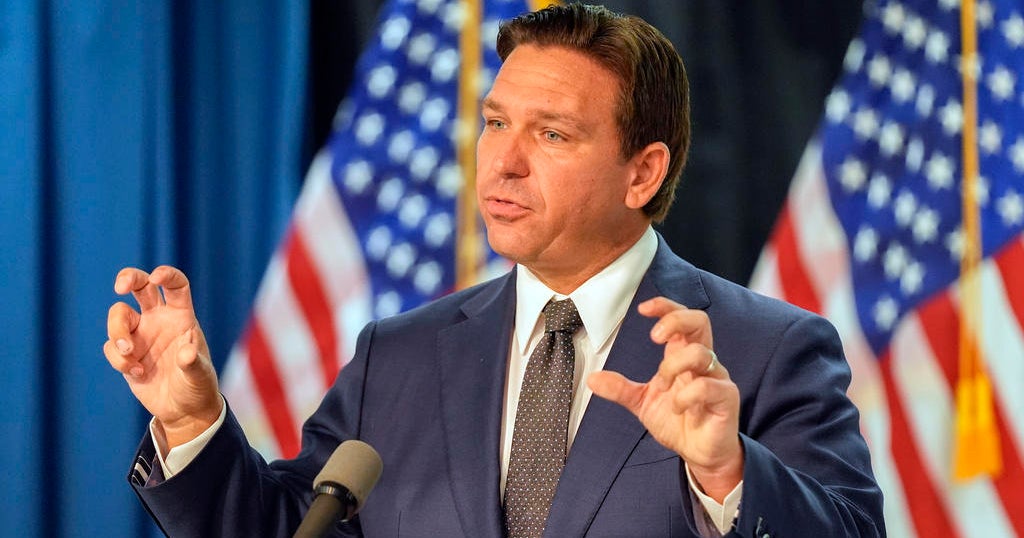Report: Childhood Obesity Rates Falls In 18 States Including Florida
ATLANTA (CBSMiami/AP) – The childhood obesity rate, according to a new government report, is down in 18-states nationwide—with Florida as one of the state's showing the largest decline.
In previous years, national statistics showed that obesity rates have been rising for decades and recently were essentially flat, although some places have reported improvements, like Philadelphia and New York City and the state of Mississippi. But the report from the Centers for Disease and Control Prevention shows signs of a wider-ranging improvement.
"Now, for the first time, we're seeing a significant decrease in childhood obesity" nationally, said Dr. Thomas Frieden, CDC director.
In 18 states, there were at least slight declines in obesity for low-income preschoolers.
Florida, along with Georgia, Missouri, New Jersey and South Dakota had the largest declines according to the report, falling at least one percentage point.
Still, 1 in 8 preschoolers are obese in the United States, and it's even more common in black and Hispanic kids.
Preschoolers who are overweight or obese are five times more likely than other children to be heavy as adults, which means greater risks of high cholesterol, high blood sugar, asthma and even mental health problems.
The new study's data comes from measurements of the height and weight of nearly 12 million low-income children in 40 states. The children were ages 2, 3 and 4. Most were enrolled in the federal Women, Infants and Children (WIC) program which provides food vouchers and other services.
It's harder to get national data on preschoolers of more affluent families, so it's not clear if the trend applies to all young children. But experts note that low-income kids tend to be heavier.
"If you're going to look at the problem of obesity early in childhood, the group at highest risk are low-income kids. That's what makes this data so valuable for understanding trends in this major public health problem," said Dr. Matthew Davis, a University of Michigan researcher who tracks health policy and children's health issues.
Despite the improvements, the numbers are still disappointing. Hawaii was the best, with about 9 percent of low-income preschoolers estimated to be obese in 2011. California was worst, at nearly 17 percent.
Ten states were not included; some had changed how they track height and weight. One of the missing states is Texas, which has one of the largest populations of low-income children and is known to have a significant problem with childhood obesity.
Of the remaining 40 states, 18 showed at least slight improvement and 19 had no significant change. Three — Colorado, Pennsylvania and Tennessee — increased.
The last CDC study to look at childhood obesity data this way found very different results. From 2003 to 2008, significant declines in preschooler obesity were seen in only nine states and increases were seen in 24 states.
"We're seeing great progress," said the CDC's Ashleigh May, lead author of the new study.
The report didn't answer why some states improved while most others held steady, and Davis said there's a pressing need to do more research and understand how some states achieved success.
CDC officials said a change in WIC policies probably played a major role. The changes — instituted in 2009 — eliminated juice from infant food packages, provided less saturated fat, and made it easier to buy fruits and vegetables.
Breast-feeding rates have been increasing, and kid's raised on mother's milk tend to have lower obesity rates, experts said.
(TM and © Copyright 2013 CBS Radio Inc. and its relevant subsidiaries. CBS RADIO and EYE Logo TM and Copyright 2013 CBS Broadcasting Inc. Used under license. All Rights Reserved. This material may not be published, broadcast, rewritten, or redistributed. The Associated Press contributed to this report.)



